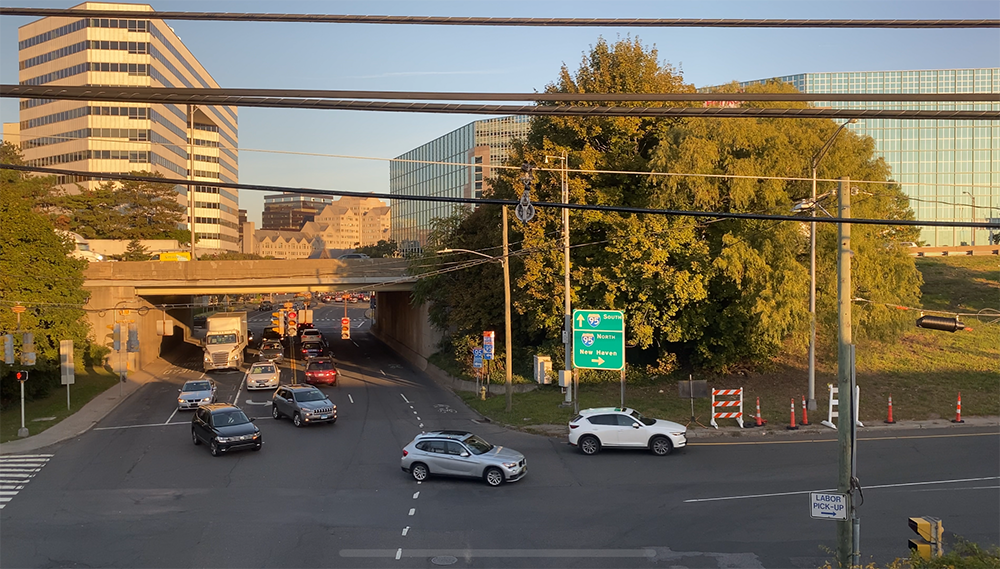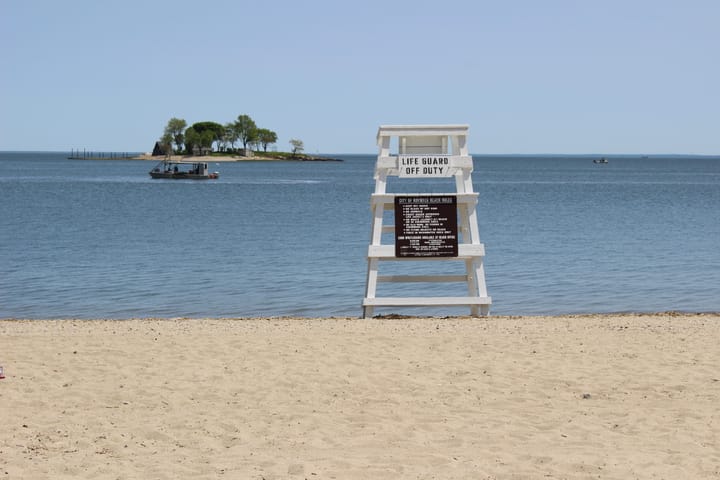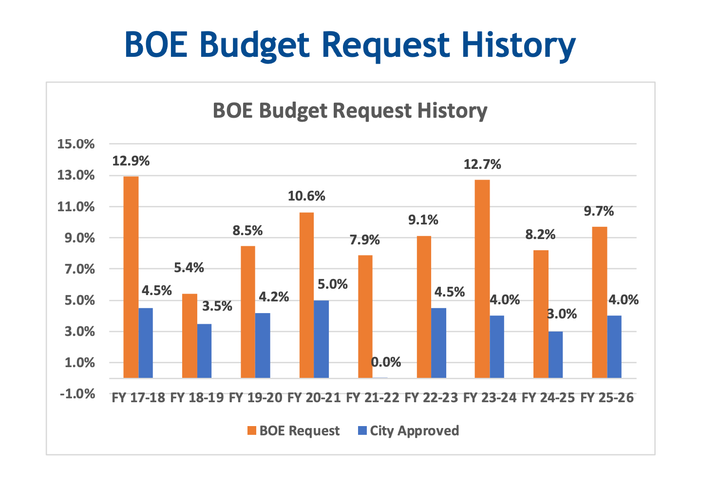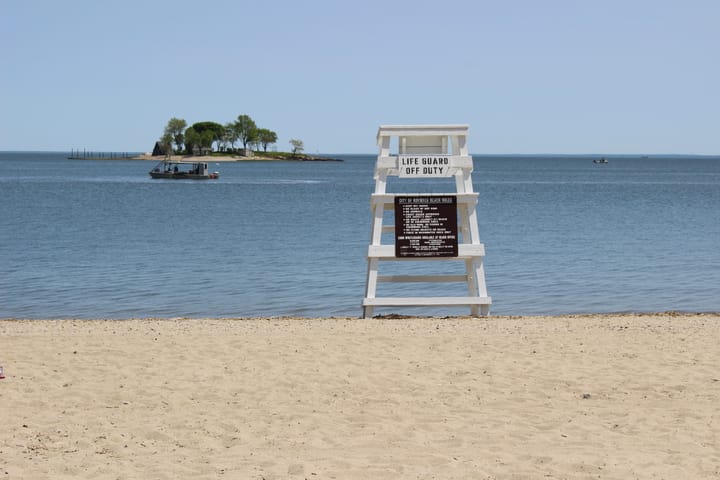Stamford Plans to Call on the State to Make Bus Fares Free
Stamford looks to join New Haven and Hartford in calling on the state to make bus fares free.

In April 2022, the state of Connecticut introduced a fare-free bus program as part of a relief package to stem the effects of high gas prices and inflation. Now, the city of Stamford is considering becoming the third major city to call for that program to become permanent.
The city’s State and Commerce Committee of the Board of Representatives unanimously approved a draft resolution that encourages the state to eliminate local bus fares. The full board will vote to adopt the resolution at its February meeting.
The fare free program has helped the state’s bus ridership increase, with more riders taking the bus now than before the pandemic. For example, in August, ridership was 103% percent of what it was in August 2019, according to data from the state’s DOT.
“I think that the value that will benefit our community is multi-faceted,” said Representative Jonathan Jacobson, who was a sponsor of the resolution. “We want to see public transportation be successful in Stamford. Stamford is now the second largest city in the state; we have the single-most [amount] roadway out of any municipality in the state as well.”
Jacobson said that some of the top concerns he hears from his constituents include how many cars are on the road, the deterioration of the city’s road infrastructure, and the lack of safe biking/walking.
“Increasing the use and investment in our public transportation is an excellent way to curtail those issues, to say nothing of the environmental impact,” he said.
Jacobson also emphasized that making bus fares free would “benefit our most financially vulnerable residents,” calling bus fares a regressive tax on lower income residents.
“I think that eliminating bus fares ultimately improves its efficiency and further, it puts money back into the pockets of those that need it most,” he said.
Why Free Fares?
The resolution cites a study from Kansas City, Missouri in 2020, which examined the impact of making bus rides free in the city. According to the study, “ridership increased, overall regional greenhouse gas emissions decreased, jobs were created, and economic output for the region was increased as a direct result of the elimination of fares.”
Stamford representatives noted in the resolution that “buses are an essential mode of transportation for working- and middle-class families, young people, and students, among others, who cannot afford to or otherwise do not want to own an automobile.”
Jay Stange, from West Hartford, who is a transportation advocate and coordinator at Transport Hartford Academy, told the committee that he thought making fares free also helped address inequities.
“We believe the [estimated] $3+ million a month to create fare free transit on CT Transit lines is a very small price to pay to offer people in our urban areas who don’t have another choice,” Stange said.
The cost to the state of making bus fares permanently free is still a little unclear. So far, the state has paid for the pilot program with federal CARES Act funds. Stange estimated that it would cost about $3 million a month to keep the fares free, but Luke Buttenwieser, who works for the city’s Transportation, Traffic & Parking department, said that officials from CT Transit estimated it would cost about $18 million per year.
Stamford had the fourth highest bus ridership in the state before the pandemic, according to data from CT Transit, with 2.7 million rides per year. While that’s the highest number in the region, and fourth highest in the state, it’s well off Hartford’s ridership, which is the most in the state with 15.8 million rides per year.
Buttenwieser said that’s partially because Stamford has many more train dependent users than Hartford or other cities not along the coast.
The full Board will vote on the resolution at its meeting on February 6 at 8 p.m.



